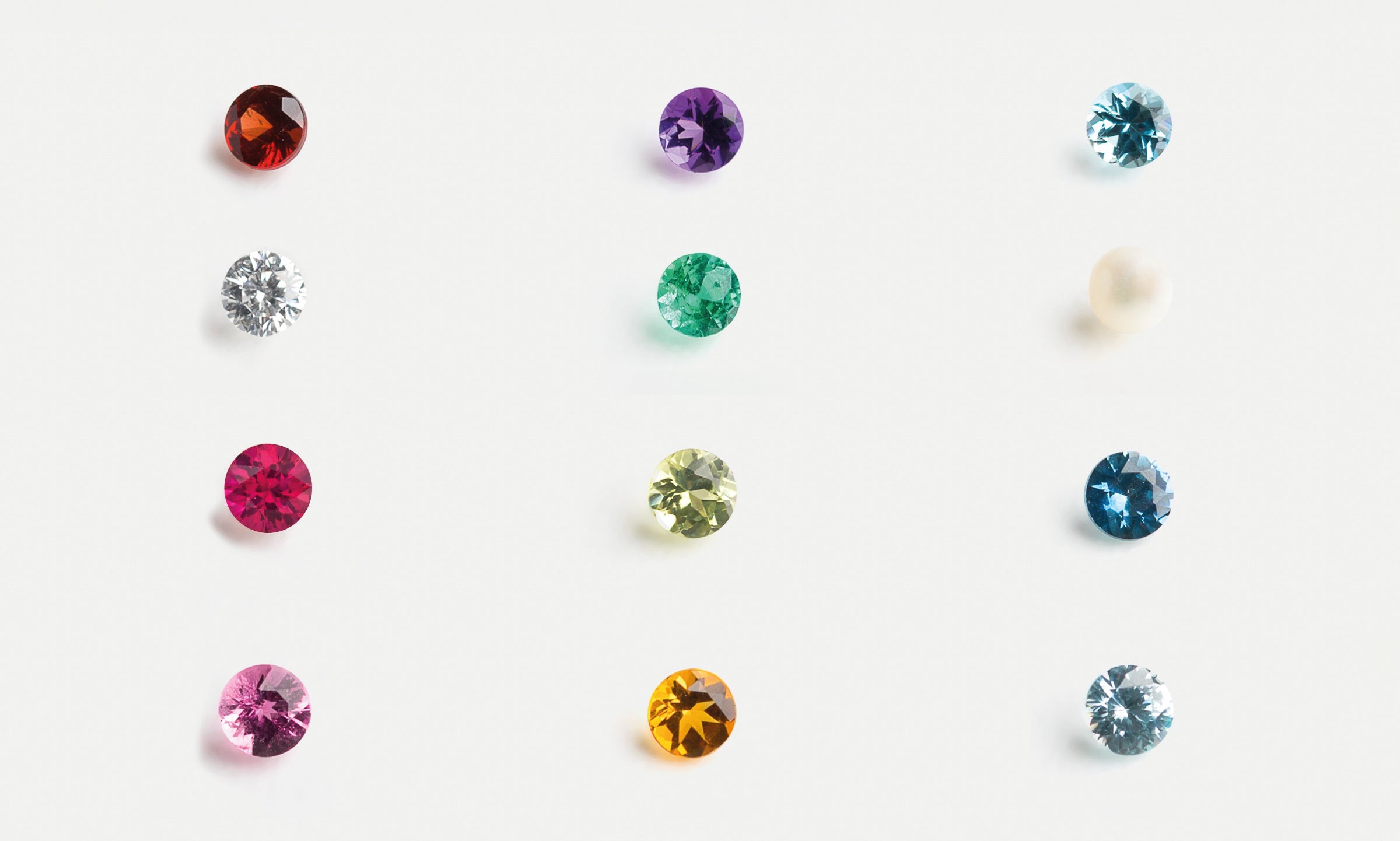Smithsonite is a mineral ore of zinc that occurs in a variety of colors, such as brown, bluish-grey, purple, pink, blue, green, yellow, grey, white, and colorless. What sets it apart from other gems is the pearly-to-silky luster that gives it a specific play of light across the stone's surface. Most notable localities where smithsonite is excavated are France, England, Spain, Italy, Greece, Belgium, Madagascar, the USA, Mexico, and Namibia.
The Physical Properties of Smithsonite
Smithsonite is a zinc carbonate mineral with gemstone quality and is sometimes referred to as zinc spar. Most of its deposits are found in botryoidal or globular clusters. Only a few localities are known to produce pure and large crystals, and it is rarely found in well-formed crystals. They are rare and lesser-known gemstones that are sought mostly by gem collectors. The color of smithsonite varies depending on the trace impurities found in the gem. Red and brown (iron impurities), yellow (cadmium impurities), purple and pink (cobalt impurities), and green and blue (copper impurities). On the Mohs scale of hardness, smithsonite has a value of 4.5.
The History of Smithsonite
For many years, it was thought that hemimorphite and smithsonite were the same mineral. James Smithson was the first to describe them as two different minerals (zinc silicate and zinc carbonate) in 1803. In 1832, Francois Sulpice Beudant (French geologist and mineralist) named it smithsonite in honor of J. Smithson.
The Lore of Smithsonite
In the past, it was believed that smithsonite could help balance and heal the endocrine system and reproductive organs. It will clear and relieve one's sinuses, regulate digestive disorders, and ease alcoholism and osteoporosis. Smithsonite increases physical energy, restores muscles and veins, and was also used to ease the childbirth process.
The Metaphysical Properties of Smithsonite
For people who need help with legal troubles, interpersonal conflicts, love, and arguments where their mind is fueling the conflict, smithsonite can assist by encouraging relaxation of the mind. It makes moving into meditative states (alpha state) much easier by stimulating one's psychic senses.
Smithsonite can make its wearer more receptive to love (beyond interpersonal love) by allowing for the experience of Universal Love. It teaches about the expression and experience of Love energy and encourages communication with angelic guides and entities. Smithsonite's loving vibrations stimulate the Heart Chakra, which allows for a better understanding of one's emotional problems.
To help clear the painful feelings of heartache, sorrow, sadness, resentment, anger, rage, and grief, the gem opens one up to repressed emotions. It can be useful in releasing deeply held conflicts, childhood traumas, and emotional wounds. The energies of the stone will help you focus on what you need and tune out the rest of the world. It will teach you to be forgiving and kind (even to those who don't deserve it) and become more courageous and stronger so that you won't be affected by the occurrences in your life. Smithsonite is a stone that encourages us to make changes and prepares us for new tasks by reminding us that only change propels us to go forward.
Cerussite, malachite, and blue hemimorphite are often combined with smithsonite for the best effect because they naturally occur together.





